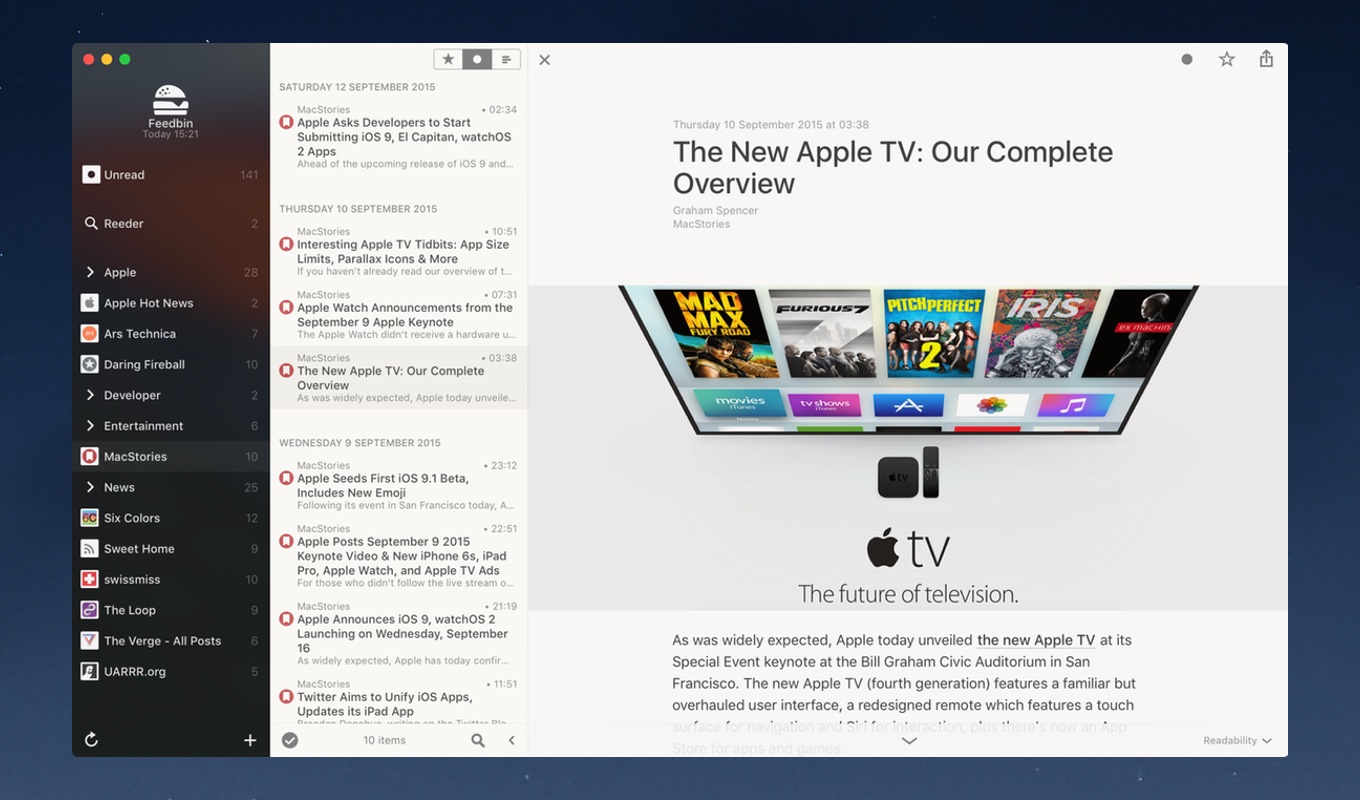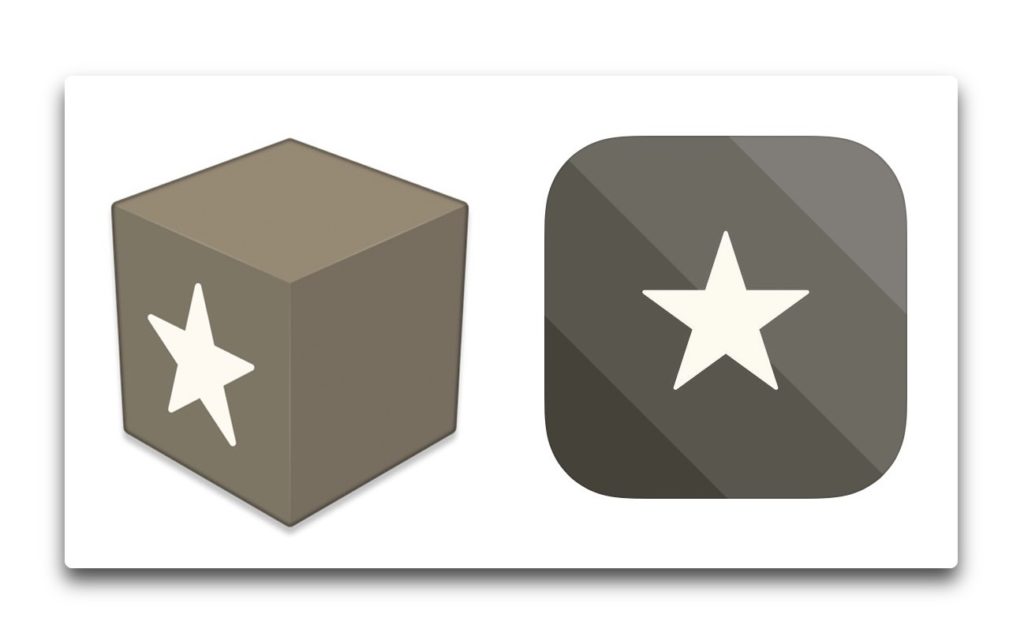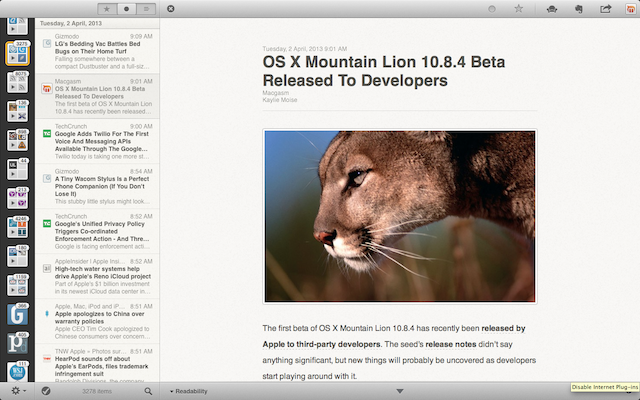

Whether you have five feeds or 500, you can’t go wrong with Reeder for Mac.Keep control of your news reading with Reeder, RSS reader and read later client in one app, now with support for iCloud syncing. A flexible interface, a great out-of-box experience, and customizability made it my go-to Google Reader client from the first days I used it. That said, Reeder has a unique style while still feeling Mac-like, especially on Lion (thanks largely to Reeder’s iOS roots). A nice second step would be to take some inspiration from the “Hot” headlines feature inįever, a self-hosted alternative to Google Reader that I really like but that’s updated too infrequently for me to use seriously.
Mac reeder Offline#
For example, OS X-like smart folders and searches would be a nice start, as would caching images for offline reading (a feature its iOS brethren put to good use). It also doesn’t offer many features above and beyond those found in Google Reader’s Web interface.

Its gesture-friendly interface skews heavily toward trackpad users (perhaps understandably, given that 75 percent of new Macs sold these days are notebooks, and even desktop buyers can opt for Apple’s

You can choose which sharing and bookmarking services appear in Reeder’s toolbar, and you can even customize each service’s keyboard shortcut. Readability, and use either of the services or Google Mobilizer to make articles more readable. Reeder is also social-media savvy, letting you share stories to Twitter and Facebook, but it also supports a welcome crop of extras, including Reeder’s Classic view uses a single window with three Mail-like columns: feed list, article list, and article view.
Mac reeder mac#
(Some days, I keep Reeder open next to my browser or email client and bounce between them other days, I’m just as happy to use Reeder in full-screen mode and swipe to it from my working desktop for a quick news break.) These and other little details make Reeder a pleasure to use, and it’s one of the few Mac apps that ably tackles both compact and expanded interfaces. But Reeder’s interface also scales well, with toolbars and button layouts that expand gracefully, either with the reading pane expanded or when taking advantage of Lion’s new full-screen feature. Reeder’s out-of-the-box configuration presents a sort of Google Reader dashboard-a compact window that’s less intimidating than other feed readers, and that can fit on the screen next to another app or two. It doesn’t help that Reeder’s toolbar icons do not even present text labels (tooltips) when you hover over them. While Reeder’s interface style and language is consistent across the Mac, iPhone, and iPad versions, it can take a little while to get used to if you aren’t familiar with Reeder on iOS. Keyboard shortcuts for toggling this reading pane and other interface features make Reeder quite flexible, though there is admittedly a bit of a learning curve. If you find this alternating list/webpage approach distracting, you can give your feeds and headlines a permanent place by switching to Classic view, which opens a dedicated article-reading pane to the right. Reeder’s Minimized view toggles between the feed and article lists (left) and the article view (right). For example, using the tab key to change keyboard focus between the feed and headline lists works, but interface feedback is next to none. Keyboard jockeys are welcome, but Reeder could certainly do more to make them feel at home. You can also configure multi-touch gestures that let you swipe between articles, send the current story to your favorite social-media service, and much more. Double-click a headline, or press spacebar with an article selected, and the entire window is filled with the article view click the close button, or press escape, to go back to the feed/headlines view.


 0 kommentar(er)
0 kommentar(er)
